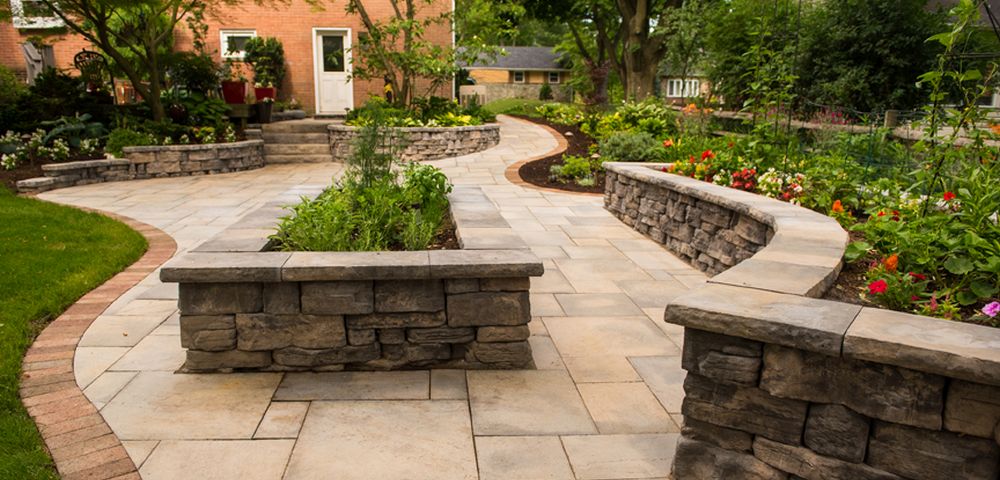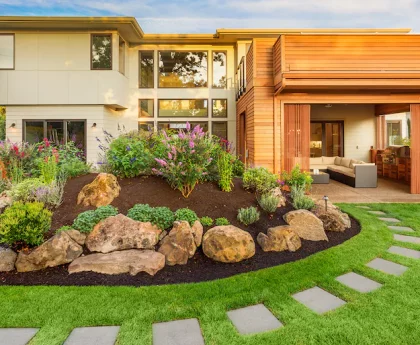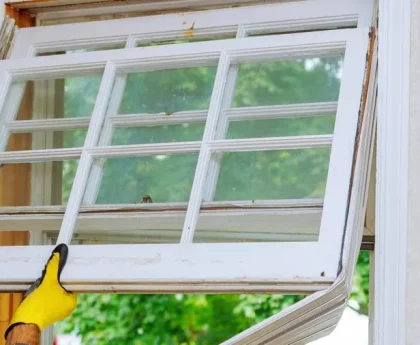Designing and installing a garden can be a rewarding project that enhances the beauty and functionality of your outdoor space. Here’s a step-by-step guide to help you plan and execute your garden design and installation:
- Assessment of Space: Start by assessing your outdoor space to determine its size, layout, sunlight exposure, soil conditions, and existing features such as trees, shrubs, or structures. Consider factors like drainage, wind exposure, and any specific needs or challenges unique to your location.
- Set Goals and Priorities: Define your goals and priorities for the garden, such as creating a relaxing retreat, growing edible plants, attracting wildlife, or enhancing curb appeal. Prioritize elements that are most important to you and your lifestyle.
- Research and Inspiration: Gather inspiration for your garden design by researching different styles, themes, and plant varieties. Explore gardening books, magazines, websites, and social media platforms for ideas and inspiration. Visit botanical gardens, nurseries, and public gardens to see plants and design concepts in person.
- Design Planning: Create a detailed garden plan that includes the layout, plant selection, hardscape features, and other design elements. Consider factors such as plant height, color, texture, bloom time, and seasonal interest to create a visually appealing and harmonious garden composition.
- Choose Plants: Select plants that are well-suited to your local climate, soil conditions, and sunlight exposure. Choose a mix of perennial and annual plants for year-round interest, and consider incorporating native plants to support local wildlife and reduce maintenance.
- Hardscape Features: Incorporate hardscape features such as pathways, patios, retaining walls, raised beds, or water features into your garden design. Choose materials that complement your home’s architecture and landscape style, and consider functionality, accessibility, and maintenance requirements.
- Soil Preparation: Prepare the soil for planting by improving its structure, fertility, and drainage. Test the soil pH and nutrient levels, and amend the soil as needed with organic matter, compost, or soil amendments to create optimal growing conditions for plants.
- Planting: Plant your garden according to your design plan, taking into account spacing, planting depth, and plant compatibility. Follow proper planting techniques, and water newly planted specimens thoroughly to help them establish roots.
- Mulching and Maintenance: Apply a layer of organic mulch to conserve moisture, suppress weeds, and improve soil health. Establish a regular maintenance routine that includes watering, fertilizing, pruning, weeding, and pest control to keep your garden healthy and vibrant.
- Enjoy and Evolve: Take time to enjoy your garden and watch it evolve over time. Monitor plant growth and make adjustments as needed to maintain the balance and harmony of your garden design. Be open to experimentation and learning as you develop your gardening skills and cultivate your green space.
By following these steps and investing time and effort into thoughtful planning and execution, you can create a beautiful and functional garden that brings joy and satisfaction for years to come.




